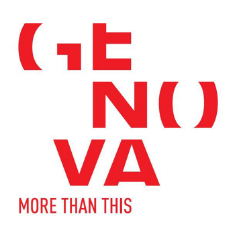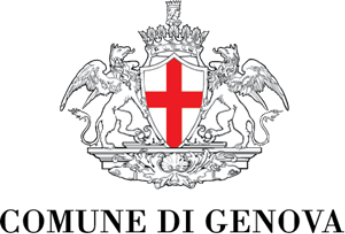Having become the owner of the Ducal Palace in Guastalla in 1896, the entrepreneur Flavio Mossina – already living in the Congo, where he began to develop his passion for exoticism – began a series of restoration works on the building, to make it his home and the headquarters of the "Trancerie Mossina" company, one of the first and most important plywood factories in Italy. Among the rooms he designed, mention must be made of the Egyptian Room, from which the furnishings preserved at the Wolfsoniana come, and whose decorative apparatus – commissioned from the Orientalist painter Fabio Fabbi, the probable author of the project perhaps together with his brother Alberto, – was executed around 1917 by the painter and architect Tommaso Aroldi, who trained between 1885 and 1892 at the academies of Parma and Florence, where he was a pupil of Giovanni Fattori.
The two pieces of furniture on display at the Wolfsoniana – the Nineveh chest of drawers and the pyramidal bed, richly decorated with ivory and semi-precious stone inlays-document in an exemplary manner the visionary and imaginative Orientalist spirit that imprinted the chamber's artistic features: a pastiche that combined exotic and historicist suggestions from different eras and geographic areas, as attested by the extravagant figurative inventions of the woodwork elements on deposit at the Wolfsoniana, depicting myths and legends of kings, pharaohs, gods and heroes, set in remote moors, from the Far East to Latin America, to recreate a seductive and imaginative exotic atmosphere. In fact, the reference to ancient Egypt, evoked in the monumental pyramidal structure of the bed headboard, surrounded by walls and towers, dialogued with the fantastic view of the city of Nineveh, an ancient urban center on the left bank of the Tigris in northern Mesopotamia, carved into the front of the dresser.
The peculiar aspect of the Egyptian Room in the Ducal Palace of Guastalla, however, is represented above all by the fact that-although at the time it was very much in vogue to propose, alongside historicist furnishings, oriental-style lounges, generically referred to by the term "Moorish" and habitually equipped with a fumoir – this room was intended not for social sharing, but for intimate, family enjoyment. The dresser was originally accompanied by a pendant depicting the city of Thebes. The front of the chest is inlaid with a fantastic view of the city of Nineveh, an ancient urban centre located on the left bank of the Tigris in northern Mesopotamia.



